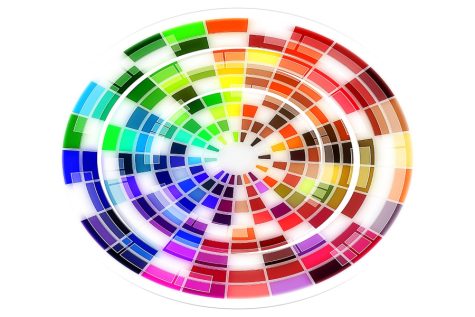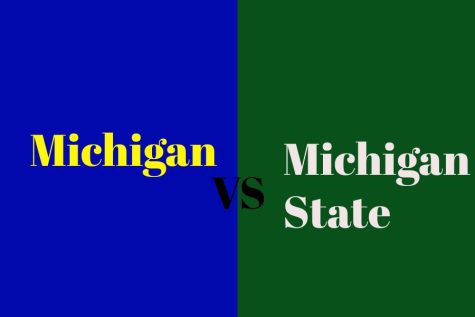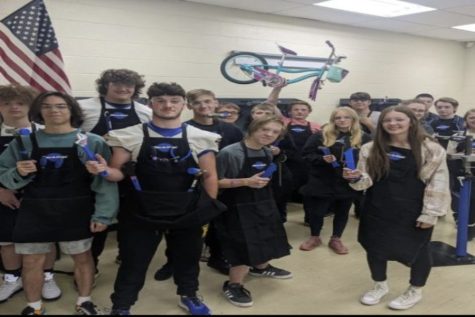Top 10 system devalues hard work
IMAGE / Mr. Darrick J. Puffer
Aaron Haack
Every graduating class has its top 10 students.
The 10 “best” students in the class are shown off with their large GPAs and ACT scores, given titles like valedictorian and salutatorian, and praised by their friends and family.
But is it really worth it?
Sure, being in the top 10 can be a cool thing to bring up at a party. But being in the top 10 does not mean much when the system is flawed.
The top 10 is heavily influenced by many factors, including GPA boosters, hard work, blow-off classes, college courses, dual enrollment, early admission, and testing out of high school courses.
I do not take issue with hard work; I actually encourage all students to try their hardest and have self-confidence. I do, however, think that the entire GPA system is skewed in favor of those who take advantage of the system.
This is best explained through hypothetical situations.
Suppose two students, John and Sarah, are competing for the best spot in the top 10. Both students take the same number of AP classes, both receive the same grades, and both are equally hard-working. But, somehow, John passes Sarah in the race to become valedictorian. How can this be?
The answer is simple: weighted GPA.
Now, you might be thinking to yourself, “Hold up. Didn’t he just say they both took the same number of AP classes?” You are correct in thinking this, because I did just say this. But what I did not mention was Sarah’s extra classes.
Sarah decided to take English 101 and 102 over the summer instead of taking Senior English at school. She had deep reservations about the senior project, so college appealed to her more than high school in this situation.
Most people would consider this “taking the initiative” because Sarah paid for the classes with her own money and received actual college credits on her transcript rather than regular high school credits.
The top 10 system begs to differ.
Since there is a 1.1 multiplier to students’ GPA for each AP class they take, the max GPA for a student is over 4.0. But the multiplier affects GPA differently when the total number of credits increases.
Since Sarah has a greater number of credits, the multiplier affected her grade less than it affected John’s grade. Her final GPA was just a little bit under John’s because she took more classes than he did.
I take issue with this system. A student who takes more classes (and therefore puts more effort into school) should not be penalized by the top 10 system.
I have a friend who has already been affected by this drop in utility of the GPA multiplier. It is extremely frustrating for him because he is hovering around the 10th-place mark. His hard work might never even pay off.
The system is flawed, but it is difficult to find a suitable replacement.
If the school keeps the system, hard work might be penalized. If the school gets rid of all multipliers, a student taking four “blow-off classes” might have an easier time getting a 4.0 GPA than a student taking four AP classes.
Obviously, this problem does not affect the entire school, but rather the students who have the highest GPAs.
My second issue with the top 10 involves an aspect of StudentVue.
Students are shown their rank every time they view their GPA on StudentVue. It is always there, showing them just how well (or badly) they are doing in comparison with their peers.
Rank is an unnecessary statistic to show to students. There is no reason to make students who genuinely struggle with school feel bad about their performance in school.
In the end, all that matters is learning. What use is having valedictorians if they cannot use what they learned in high school in real life?

Class: Senior
Clubs: Forensics, Debate
Hobbies: Reading, Solving Rubik's Cubes, Playing online games, Visiting pointless websites
Future Plans:...
















